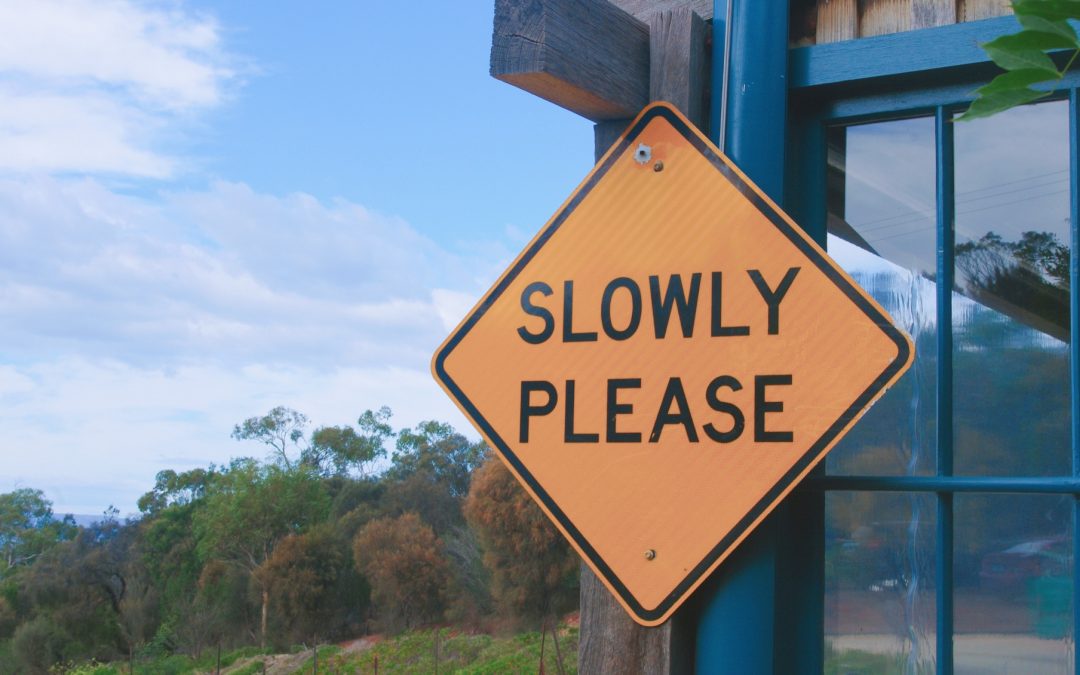It is undeniable that health and safety signage is a necessity. You’re responsible for the well-being of your employees even when you aren’t on the premises! Sensibly placed instructions on custom signs and labels help you to avoid serious incidents. Clear warnings guide your team members when you can’t. Still, you can overdo it if you aren’t careful. At Screentec, we’re here to take the guesswork out of your hands. Here are the health and safety signs you actually need, and why!
Firstly, What Are Health And Safety Signs?
Health and safety signs are simply warnings or instructions to protect the welfare of the viewer. Though printed signs are the traditional way to deliver health and safety information, other methods include:
- Audibly, over a speaker system.
- Through gestures, physical signals and body language.
- By light or illumination.
What Types Of Health And Safety Signs Are There?
The purpose of health and safety signs can differ, even if they’re all delivered by print. Types of signs include:
- Warning – must be yellow. Warning signs highlight hazards and dangers.
- Prohibition – must be red. Prohibition signs directly instruct against dangerous behaviour.
- Emergency exits – must be green. Emergency exit signs clarify escape routes for any incident.
- Fire safety – must be red. Fire safety signs explain the equipment that fights against flames.
- Mandatory – must be blue. Mandatory signs demand viewers act or dress a certain way.
- First aid – must be green. First aid signs highlight where the kits can be found if necessary.
- Suggestion signs encourage considerate actions, like handwashing.
What Are The Legal Requirements Around Safety Signs?
The Management of Health and Safety at Work Regulations 1992 outlines the use of signage. Fitting health and safety signs is a legal requirement in the following circumstance. You must install signs if you’ve implemented every possible method to manage risk, but a significant threat to health remains. Additionally, any printed warnings or instructions need to be in their correlating colour or aren’t valid.
Legal guidance around signage is vague, and it’s challenging to determine how cautious you ought to be. Conduct a thorough risk assessment of your premises with professional help and custom plastic clipboards, so you can note where signage would be beneficial.
The Right Amount Of Signs And Labels
For every hazard that poses a threat to health, you only need one clear sign in that room. When you fit two or more safety warnings in the same space for the same hazard, you clutter your surroundings and increase the likelihood of the signs being ignored. Additionally, if a threat is immediately apparent to the untrained eye, a sign is unnecessary. Your employees can recognise the risk before you address it, and you can offer a verbal warning during their training if you see a need.
Signs You Don’t Legally Need:
The only signs that aren’t legally required are suggestion signs. Suggestion signs encourage activities like hand washing, but they aren’t a necessity. These instructions can be displayed at your discretion if you want to minimise the spread of germs and infections.
Signs You Do Legally Need:
- Fire safety instructions.
- Emergency escape routes.
- First aid displays if there isn’t always a qualified first aider present.
- Mandatory instructions to prevent injury.
- Warning signs to highlight hidden risks.
- Prohibition signs to direct against dangerous behaviour.
The Conclusion On Health And Safety Signs
Caution is always sensible, and that is no less true in health and safety signs. You must do everything within your power to identify and address the threats in your workplace. You need to apply signs where they’ll be helpful.
Remember that you only need one clear sign for each hazard! A cluttered workspace filled with unnecessary signage is not practical. If you’re unsure of what style of labels and boards you require to protect your employees, contact us at Screentec.


Recent Comments